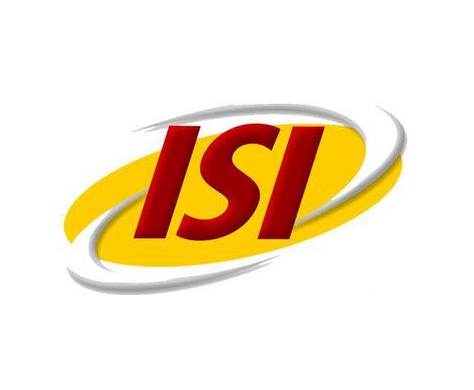دانلود رایگان مقاله لاتین سیستم نوآوری سازمانی از سایت الزویر
عنوان فارسی مقاله:
سیستم نوآوری سازمانی: چارچوب سیستمیک برای نوآوری رادیکال در سطح سازمانی
عنوان انگلیسی مقاله:
The Organizational Innovation System: A systemic framework for radical innovation at the organizational level
سال انتشار : 2016

برای دانلود رایگان مقاله سیستم نوآوری سازمانی اینجا کلیک نمایید.
بخشی از مقاله انگلیسی:
3. The structural components of the Organizational Innovation System
In the definition of an OIS established above, four main structural components are derived: (i) the innovation process, (ii) the actors, (iii) the innovation network and (iv) the institutions. Since the 1980s, a significant increase in organizations engaging in external collaboration has been observed, causing organizational boundaries to blur (Gulati et al., 2012). Therefore, before exploring the structural components of the OIS, some elaboration on the focal point of the OIS, the innovating organization, is required. We consider an organization to be a legal entity consisting of individuals, employed to achieve a collective goal (Coase 1937; Kogut and Zander, 1996). All persons with an employment relationship and all official business units or subsidiaries are considered part of the innovating organization. Consequently, in congruence with work on Meta-Organizations (Gulati et al., 2012), we consider all entities or individuals not employed by the organization to be external agents outside of the organizational boundaries (Dahlander and Gann, 2010). Innovating organizations can be firms, research institutes, governmental agencies or other institutes. In order for an innovating organization to successfully develop (radical) innovations, the innovation process should be a nonlinear and iterative learning process with intense communication and collaboration between different actors to take into account the multi-dimensional aspects of innovation (Budde et al., 2012; Coenen and Diaz Lopez, 2010; Tödtling and Trippl, 2005). The innovation process within the OIS concept is divided in three main process phases, as derived from the general consensus on the definition of innovation across the innovation literature. Innovation stems from an innovative idea, which is developed into an invention, and this invention cannot be called an innovation as long as the invention is not incorporated into the organization or introduced to and adopted by the market (Bogers and West, 2012; Bruns et al., 2010; Kroon et al., 2008; Pullen et al., 2012; Van Haverbeke and Cloodt, 2006). Therefore, the three main innovation process phases are the idea development phase, the invention phase and the commercialization phase. Each main phase contains a number of subphases. The idea development phase can be separated in activities that involve identifying potential sources of innovations, generating innovative ideas to exploit these trends and opportunities, judging the feasibility of these ideas and selecting the most attractive ideas for further development. The subphases with more emphasis on techno-scientific aspects, from project design to real life testing of proof of concepts, are bundled in the invention phase. The commercialization phase entails the more socio-economic phases towards end-user adoption such as demonstration activities and determining the marketing strategy. Fig. 2 gives an overview of the three main phases with their subphases.
برای دانلود رایگان مقاله سیستم نوآوری سازمانی اینجا کلیک نمایید.
کلمات کلیدی:
[PDF]National Innovation Systems - OECD.org https://www.oecd.org/science/inno/2101733.pdf and which came into force on 30th September 1961, the Organisation for Economic Co- operation and ... Systemic approaches are giving new insight into innovative and economic ... national innovation systems is a focal point of OECD work in the field of ..... which provides the framework within which governments form and. [PDF]Systems of Innovation Technologies, Institutions and Organizations https://charlesedquist.files.wordpress.com/.../science-technology-and-the-international-p... Institutions and Organizations in Systems of Innovation. 41 ... A conceptual framework for technological advantage. 3. .... innovations in a systemic context. Proceedings of the Eleventh International Conference on Management ... https://books.google.com/books?isbn=3319592807 Jiuping Xu, Mitsuo Gen, Asaf Hajiyev - 2017 - Technology & Engineering Cooke PN, Heidenreich M, Braczyk HJ (2004) Regional innovation systems: ... K et al (2016) The organizational innovation system: a systemic framework for ... [PDF]Organizational Innovation - CiteSeerX citeseerx.ist.psu.edu/viewdoc/download?doi=10.1.1.131.9638&rep=rep1... by A Lam - 2004 - Cited by 780 - Related articles Innovation constitutes part of the system that produces it. The system is itself ... The existing literature on organizational innovation is indeed very diverse and not well integrated into a coherent theoretical framework. ..... 'autonomous' and 'systemic' innovation, and matching them with different organizational structures.
